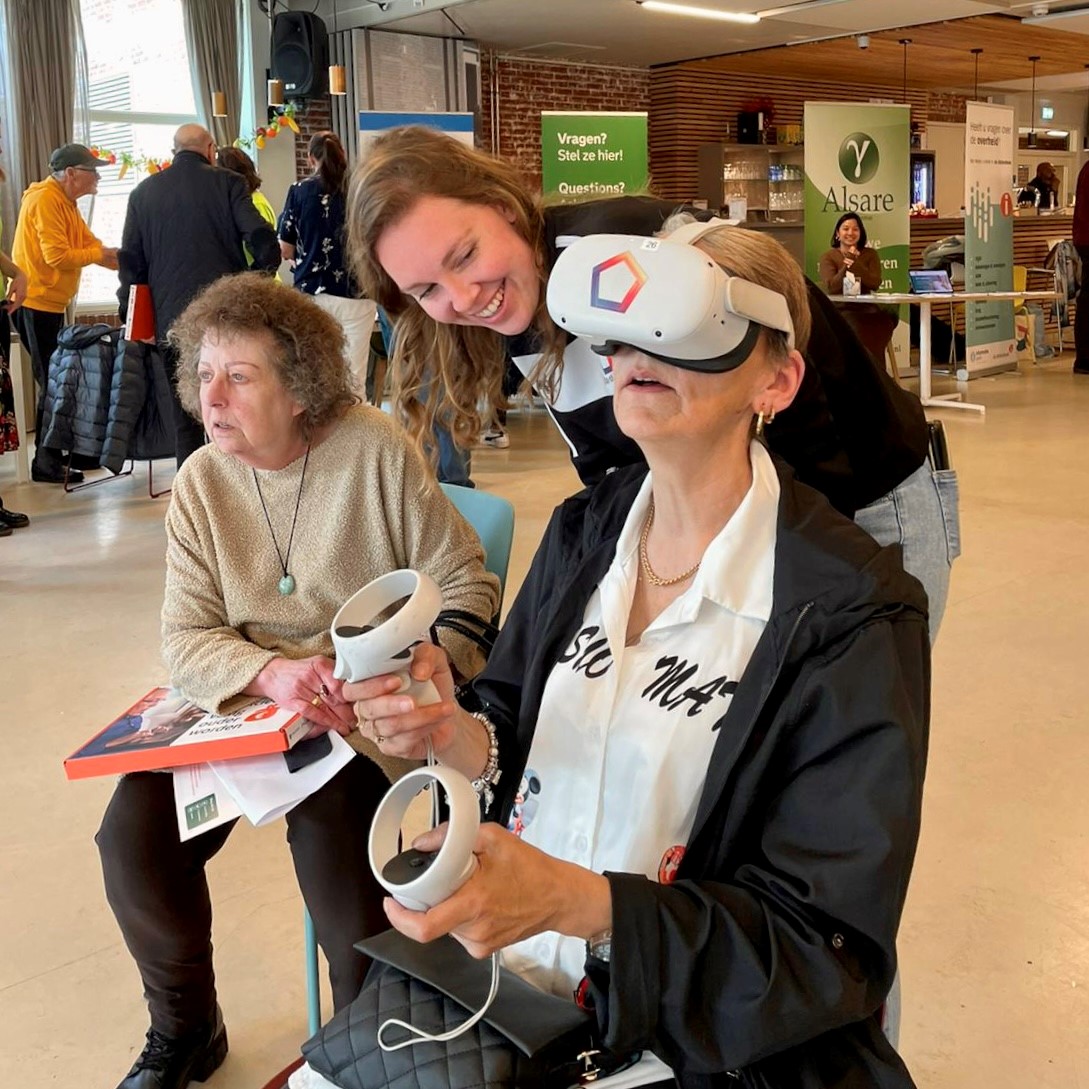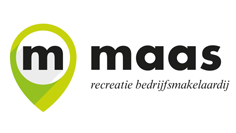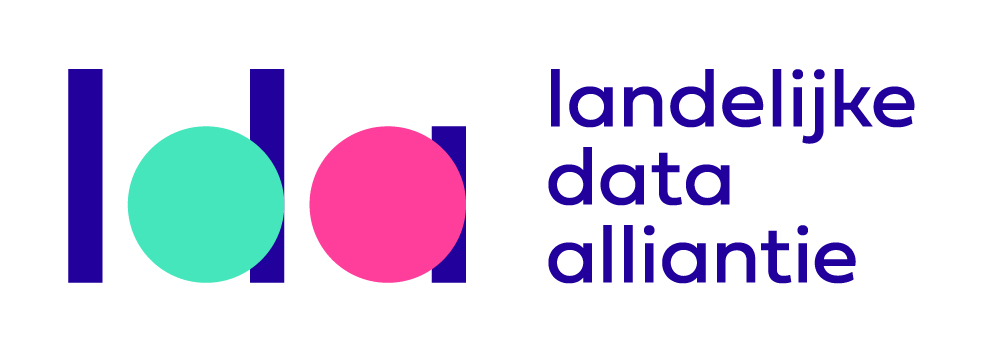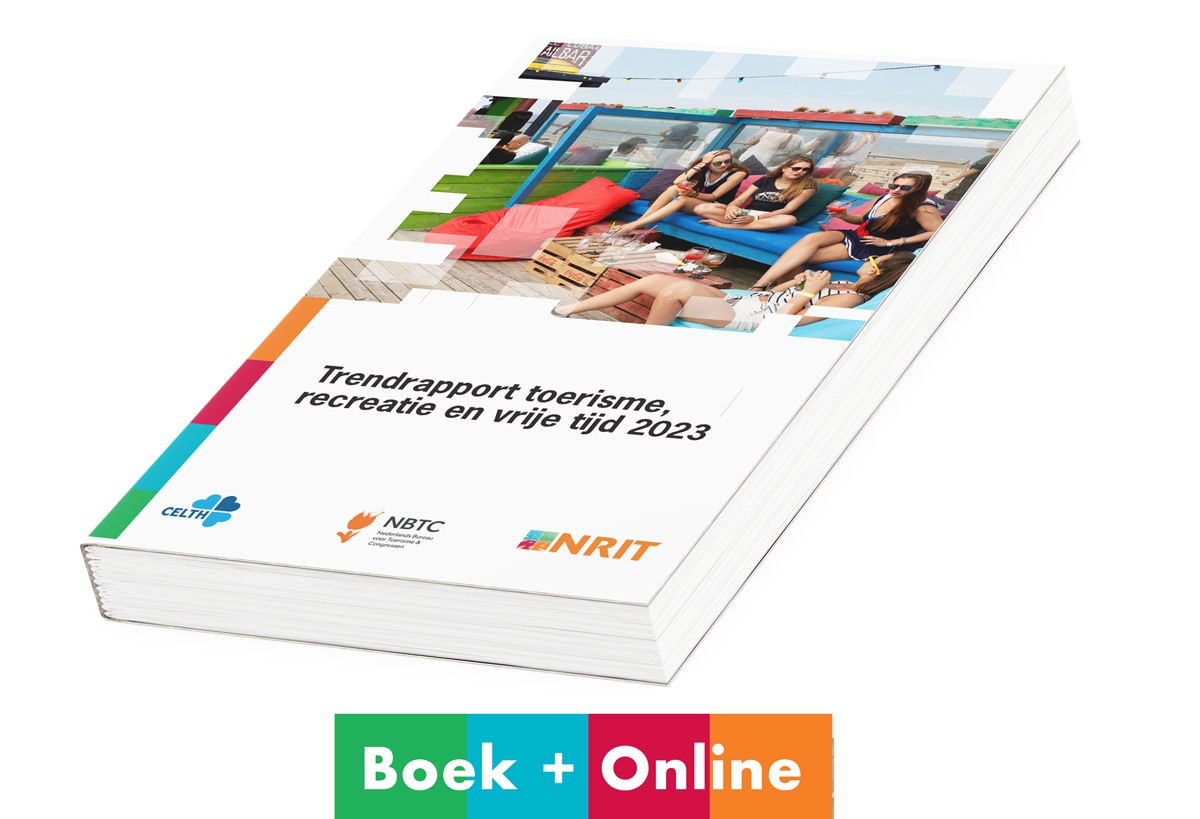House of Esports focuses on positive aspects
Esports, Gaming and Gamific

Gaming has become an integral part of children's leisure activities. Thanks to tablets, smartphones, game computers and because almost every family in the Netherlands has access to the internet, the current generation of children (born after 2000) is totally familiar with playing (online) games. Gaming has become an accepted part of leisure activities. Eighty-one per cent of all children play games regularly, half of them more than three times a week.
Wim Noordzij is chairman of the Foundation House of Esports.
It is this generation that deals with technology more interactively than any previous generation. Therefore, learning how to handle gaming, exercise and daily schedules properly deserves a place in society. We distinguish between esports, gaming and gamification. Esports (top-class sports), gaming (recreational play) and gamification (using games in a non-game setting) have become indispensable in our society. So gaming is here to stay and is an inseparable part of our society, which – as it happens - has many more positive than negative aspects to it.
New developments
VR, AR and AI will be booming in the coming years in the fields of education, sports as well as entertainment. Hado, Esports Tennis, and Cops and Robbers are a few appealing examples in different disciplines that have physical movement as a component in particular. But there is also the combination with Urban Sports which, together with Esports, are the New Sports and the New Kids on the Block.
A core value is the promotion of balance in the lives of young people.
Growth of Esports
Esports is developing at breakneck speed and will become one of the biggest spectator sports within five years. There is already the third generation of gamers who have embraced esports as one of the sports they play – both recreationally, at amateur level, and at professional level. Compared to the rest of the world, top-level esports in the Netherlands is still in its infancy. In the Netherlands, there is no structure nor a sports pyramid yet. However, FIFA 22’s e-league competition of premier league clubs has given a huge boost to esports.
House of Esports
House of Esports is a social organisation that operates at the intersection of sport, education and welfare. In this process, they focus on social cohesion, education, talent, cognitive development, solidarity and health. Moreover, by doing so, they remove the negative stigmas of esports and gaming.
The popularity of gaming is used to reach children and young people in a contemporary way that resonates and connects with their own experiences. House of Esports aims to develop and offer new forms of education, sport and meeting to youth, in order to positively influence their development as children through this programme of activities. A core value is the promotion of balance in young people's lives.
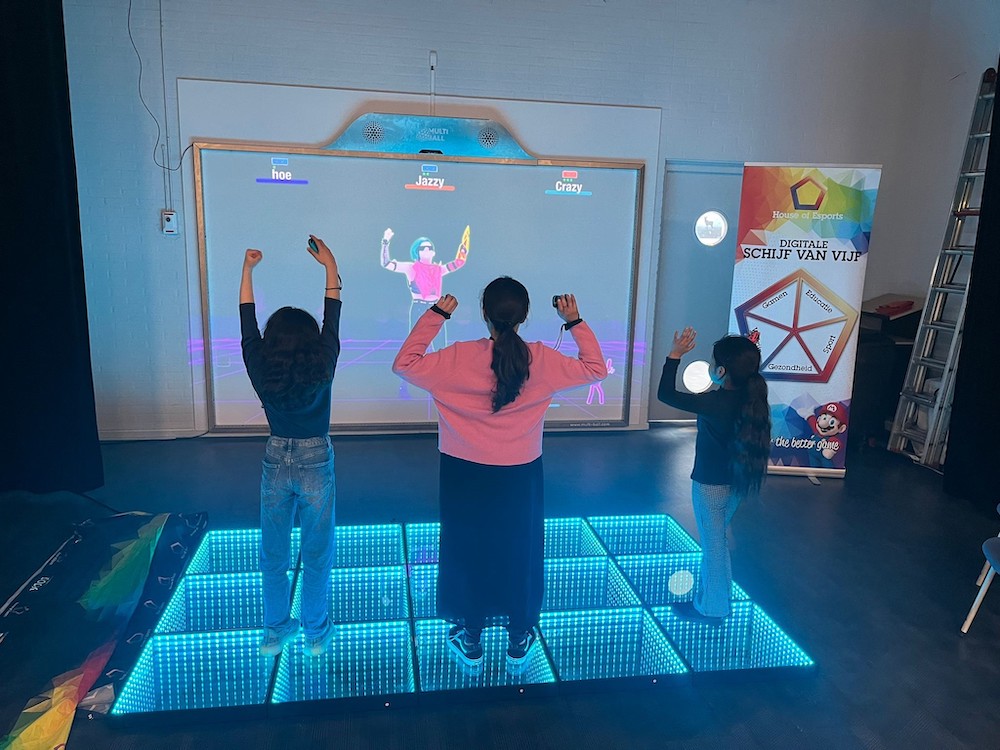
The digital disc of five
The basis of the programme of House of Esports is the digital disc of five, which ensures balance in the five elements below:
- Education: You develop important skills and enrich your knowledge
- Sport: It encourages you to move, so you keep your body in shape
- Health: The basis of a healthy lifestyle is good sleep and healthy food
- Welfare: It makes you mentally stronger and happier
- Gaming: It is fun, challenging, competitive and sociable
When you have found a good balance between living, working and recreation, you are more comfortable in your skin and perform better in life as well as at school. This can be achieved through the chapters in our Gaming in Society method.
Gaming in Society
Gaming in Society is our programme that combines the basics of gaming and esports with teaching a healthy lifestyle. Now that gaming has become an integral part of society, it is time to teach children a good balance between gaming and other activities. In addition, it provides fun content for extended school days, sports days and theme weeks.
VR Experience
Virtual Reality is an online environment that simulates a realistic situation. By engaging different senses, the environment comes across as ‘real’. Virtual Reality lends itself perfectly to educational purposes. The VR Experience offers participants an educational adventure under the guidance of an experienced instructor. A VR Experience is experienced with glasses and a handset. The image or programme inside the glasses can be either a real video or an animation. The Virtual Reality Experience challenges you to move. The only way to go on an adventure in this world is through physical movement.
House of Esports has transformed the most popular games into game formats for school gyms, playgrounds, sports parks and community centres.
Augmented Reality
Augmented Reality is a projected ‘layer’ over reality. One of the best-known games is Pokémon GO, where real-world Pokémon seem to appear on your phone.
Mixed Reality
Mixed Reality is the technology that blurs the boundary between the physical and the virtual world. The environment and everything in it are mapped. Digital objects are then projected into the environment. These digital objects interact not only with the environment, but also with each other. Mixed Reality produces a 100% digital experience.
Minecraft Education
Minecraft is a sandbox game. You could call it virtual Lego with inexhaustible possibilities. The five game modes in Minecraft are Survival, Creative, Adventure, Spectator and Hardcore. Minecraft has sold around 180 million copies in total. This makes it the best-selling computer game in the world.
Minecraft Education edition is a game-based learning platform that develops STEM (science, technology, engineering & mathematics) skills, unleashes creativity, and engages students in collaboration and problem-solving. Its only limitation is the user’s own creativity and imagination. There are many possibilities in terms of theming and players can develop and build their own worlds. For example, we have put the 1953 North Sea Flood commemoration into a game, but also climate change, the Port of Rotterdam, the Bombardment of Rotterdam, and many other themes such as the Leisure City of the Future.
GameGym
The GameGym is the physical education class of the future. It combines gaming, gamification and physical exercise. It incorporates all the learning objectives of physical education lessons. It is important to move in order to stay healthy and fit. We do more sedentary work and get out less. Also, not everyone has the inner drive to do sports or be active. Everyone plays games for fun and relaxation. To motivate young people to exercise more, House of Esports has transformed the most popular games into game formats for school gyms, playgrounds, sports parks and community centres. Using different components and terminology from games, activities are created that have great appeal to participants.
Gaming can offer a solution for all target groups and to every social problem.
GameEvents
Our GameEvents are a unique experience where sport, esports, fiction and reality come together. Gaming and real-time movement activities are combined to form the basis of our GameEvents. Our GameEvents are available both online and offline. We also organise tournaments and competitions in various games. The GameEvents are used at events, day programming, school outings, extracurricular activities, birthday parties, out-of-school care facilities, welfare work, drop-in hours, extended school days, sports days, school activities or company outings.
E Zone
The E Zone is a pop-up gaming venue for festivals and (sports) events. There is also a permanent variant in community centres, youth hubs, sports facilities, and sports clubs. In terms of surface area, we adapt the E Zone to the available space. The E Zone is a place for participants and visitors to get together, play games, and exercise. The E Zone is also used for demonstrations, workshops on gaming, and parent-child tournaments.
Gaming has long faced stigma and prejudice. By looking at and focusing on the positive aspects, that image has disappeared. After five years of House of Esports, we dare to say that gaming can offer a solution for all target groups and to every social issue. From inclusion, diversity, loneliness, lack of exercise, 21st-century skills, to the SDG Sustainable Development Goals.
